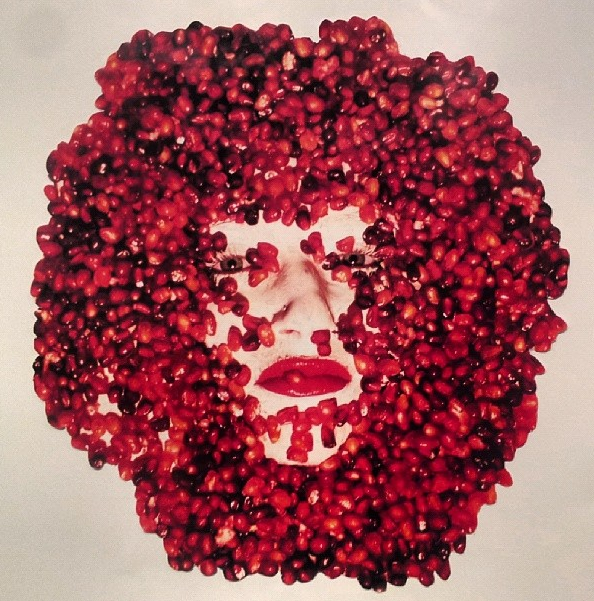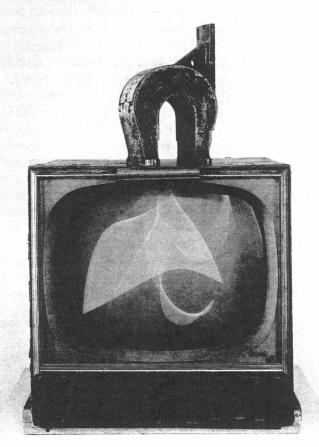Intro Reading Response
“The digital, by contrast, is code, inherently alien to human perception… Faced with the infinite multiplicity of digital files, the uniqueness of the art object needs to be reasserted in the face of its infinite, uncontrollable dissemination via Instagram, Facebook, Tumblr, etc.” In my ideal paradise, I would be able to make a living solely through traditional art—drawings, paintings, jewelry—anything I could create with my own two hands. But for those of us striving to incorporate art into our future these days, adapting to the always-evolving digital world is seemingly inevitable. Obviously there are the rare talents who can still make a living off the fine arts, but I’m not banking on that. I often wish I were born in the age before computers, because as the article stated, yes, technology scares me. Last quarter, I took a class in HTML, CSS, and Javascript—the most basic languages of web design. I could learn it, and I could make myself somewhat successfully do it. But I didn’t fall in love. I didn’t discover myself through coding as some say they do, and I never put in enough time to master the more difficult aspects of the language. You can never learn it all—it is always changing—but you can get close. It was in many ways shocking, to scratch the surface of a whole new world—the world that lies beneath so much of modern human interaction. I was overwhelmed to discover the power these languages held. They, or should I say I, can create anything. And show it to anyone. Everyone. Yes, that is beautiful. But it’s also ugly. Those streams of nonsense numbers and letters, I hate them. They intimidate me, they send me straight back to my sketch book in defeat. My challenge as a modern artist is to leave my fear behind, and embrace the new power of this digital world. It’s not just coding, its photoshop, Final Cut, illustrator, everything. The article focuses largely on artist’s refusal to face the digital world head on, to think digitally. But that won’t be me, not yet. I first just need to get to that point of acceptance of where I’m at.
History Reading Response

